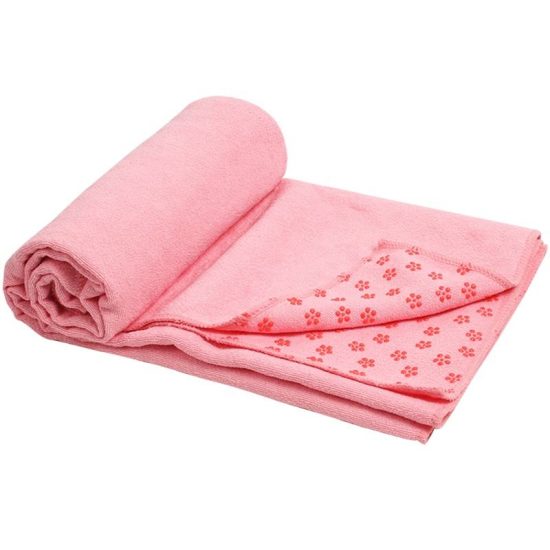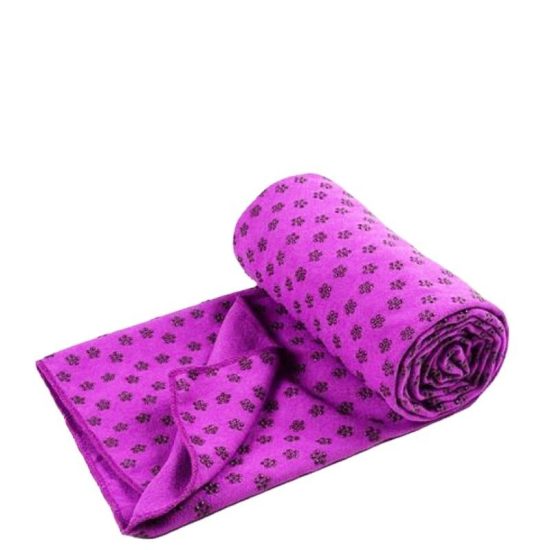Certainly! Yoga blocks are versatile and helpful props that can enhance your yoga practice. Here’s a comprehensive guide to using yoga blocks for yogis of all levels:
1. What are Yoga Blocks?
- Yoga blocks are typically made of foam, cork, or wood.
- They come in various sizes, with the most common dimensions being 3 inches by 6 inches by 9 inches.
2. Benefits of Using Yoga Blocks:
- Alignment: Blocks help maintain proper alignment in poses, especially for beginners.
- Flexibility: They assist in achieving poses that may be challenging due to limited flexibility.
- Stability: Blocks provide support and stability, making it easier to hold poses for an extended period.
- Strength Building: They can be used to intensify strength-building poses.
3. Types of Yoga Blocks:
- Foam Blocks: Lightweight, affordable, and comfortable.
- Cork Blocks: Durable, environmentally friendly, and provide excellent grip.
- Wooden Blocks: Sturdy and aesthetically pleasing, though heavier than foam and cork.
4. How to Choose the Right Size:
- Standard Size: 3 inches by 6 inches by 9 inches is the most common size.
- Personal Preference: Choose a size that feels comfortable for your body and suits your practice.
5. How to Use Yoga Blocks:
- Support in Standing Poses: Use blocks to bring the floor closer in poses like Trikonasana (Triangle Pose) or Ardha Chandrasana (Half Moon Pose).
- Seated Poses: Sit on a block to lift the hips, making it easier to maintain a straight spine in poses like Sukhasana (Easy Pose).
- Backbends: Place blocks under the hands in backbends like Setu Bandhasana (Bridge Pose) to support the spine.
- Inversions: Use blocks to support your head or shoulders in inversions like Salamba Sirsasana (Headstand).
6. Tips for Beginners:
- Start with One Block: If you’re new to using blocks, start with one and gradually incorporate more as needed.
- Experiment: Play around with block placement to find what feels most supportive for your body.
7. Advanced Practices:
- Strength Training: Use blocks to add resistance to strength-building poses like Plank or Chaturanga.
- Balance Enhancement: Challenge your balance by incorporating blocks into one-legged poses.
8. Maintenance and Care:
- Cleaning: Wipe down foam blocks with a damp cloth. Cork blocks can be cleaned with a mild soap solution. Wooden blocks may require gentle cleaning to preserve their finish.
- Storage: Store blocks in a dry place away from direct sunlight to prevent damage.
9. Where to Buy:
- Yoga blocks are available at most yoga studios, sporting goods stores, or online retailers.
10. DIY Yoga Blocks:
- For an eco-friendly option, consider making your own blocks from recycled materials.
11. Listen to Your Body:
- Pay attention to how your body responds to the use of blocks. They should enhance your practice, not cause discomfort.
Integrating yoga blocks into your practice can make a significant difference in your comfort and progression. Whether you’re a beginner or an advanced practitioner, these props can help you explore new depths in your yoga journey.


